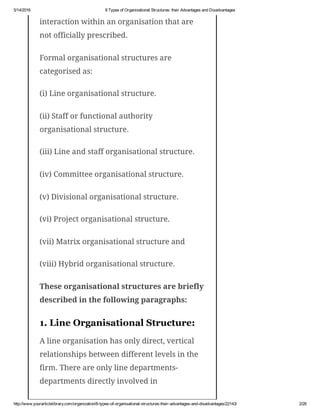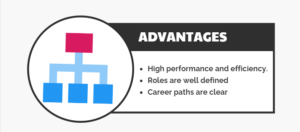Relational Leadership Essentials - Questions
Relational Leadership Essentials - Questions
Blog Article
Relational Leadership Essentials Fundamentals Explained
Table of ContentsThe 25-Second Trick For Relational Leadership EssentialsRelational Leadership Essentials Fundamentals Explained10 Easy Facts About Relational Leadership Essentials ShownEverything about Relational Leadership EssentialsOur Relational Leadership Essentials PDFsThe 6-Minute Rule for Relational Leadership Essentials
As more business take on dispersed workforce practices, collaborative, transparent, and versatile frameworks will certainly play a key role in success. Understanding that a matrix framework's adaptability sustains agile teams, promotes interaction, and values cross-collaboration, it's time to make a decision if your organization requires renovation in these areas. If so, transitioning to a matrix framework might be a solid relocate the right directionIf your social media advertising department identifies an untapped consumer base, your framework must make it simple for the head of that department to connect this exploration to senior management and the sales group. This can be real even if you have a top-down framework in which authority relaxes in the hands of your senior management group.

What Does Relational Leadership Essentials Do?
Despite the sort of business structure you pick, there will always be a coverage network that ends with a last choice maker. In a flat framework in which staff members are given wide latitude to make tips and take ownership of their work process, decisions are made based on the agreement of staff members working in a team.
TASK 1 1. servant-leadership.1: Organizations are established to meet a requirement, as an example to give items or services. Organizational structures can take numerous forms. These are influenced by aspects such as its objective, dimension, and intricacy of the jobs it executes, exterior setting and its society. It's items and solutions or where its situated additionally establish which framework is ideal.
Organizations can be structured in different ways: by function, for instance, procedures, marketing, finance, fundraising, etc by area by product, for instance, books, support, consultancy, delivery in job groups, as an example, client/customer groups. At the top of the structure is a solitary individual, who has a little number of people reporting straight to them.
What Does Relational Leadership Essentials Do?
Advantages of ordered frameworks: A hierarchical framework uses Full Report clear coverage lines. It is easy to see what each group is called, the amount of individuals there are in each group and how they associate with other individuals in the system. Disadvantages of hierarchical structures: People can really feel embeded a 'silo' and miss possibilities for co-operation, both for themselves and the organisation.
There are less degrees in the level structure organisation. In this example structure, there is someone on top with everybody else reporting into them on an equal level. Benefits of level frameworks: individuals feel even more engaged and can tackle even more obligation better communication far better team less administration and simpler choice making lowerEven groups of young kids begin to develop a network or informal hierarchy.
Unknown Facts About Relational Leadership Essentials

An organizational framework produces a framework for just how a business operates, including the department of obligations and authority. Along with society, solid org frameworks can keep companies straightened with organizational objectives and goals, moving onward as one. Here are one of the most typical choice org structures being used: organizational framework organizational framework organizational framework organizational framework organizational structure business structure business structure You may ask, what is the very best organizational structure? The solution depends upon the kind of organization you wish to run (Relational Leadership).
The individual at the top has the supreme authority and sets the schedule and method. The supervisors develop the strategy and the employees perform the plan. Top-down orgs have actually operated in an organized and easy-to-understand hierarchy for hundreds of years. Everyone has a clear line of reporting and understanding of the hierarchy.
The Ultimate Guide To Relational Leadership Essentials
Some have argued that this design of framework is dated, in a globe that is relocating so quick. The view might be great from the top, however what about the rest of your company? Picture by mirsad mujanovic/ Accredited under Pexels Permit Advantages of a top-down org structure include: A clear emphasis on instructions and tasks Systematized decision-making Roles and responsibilities are clear Familiar and comfy process Downsides of a top-down org structure consist of: Employee have little control or input right into the work product Supervisors might not see spaces between assumptions and group capacities until it's as well late Less independent reasoning at reduced degrees Low employee engagement and interest A bottom-up organizational structure jobs much differently.
Lower-level employees within a company are granted greater authority to solve problems, established directions, and take on jobs. Instead of strategy, ideas, and assignments being handed down from the top, concepts and understandings are formed at the bottom and circulation upwards in the bottom-up org framework.
Things about Relational Leadership Essentials
While using the very same principles as the top-down structures, it even more delegates responsibility and authority to supervisors. Usually used in huge companies, obligations may be separated right into departments or units which managers oversee and establish strategy in their respective locations. Subservient supervisors produce the implementation approach and lower-level workers are assigned jobs.
Report this page